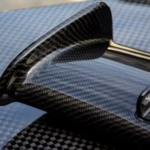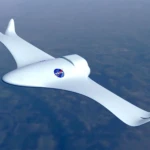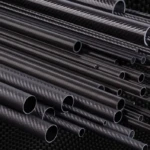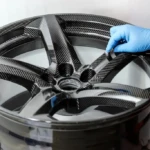The Power of Interpolation: Unleashing Efficiency and Precision in CNC Machining
In the world of Computer Numerical Control (CNC) machining, interpolation is a fundamental concept that enables the precise control of machine tool movement, resulting in high-quality outputs. In this blog post, we’ll delve into the intricacies of interpolation, its operating principles, and its applications in various CNC systems.
Definition and Principles of Interpolation
Interpolation is the process of calculating and controlling the movement trajectory of a tool during CNC machining, according to the input part processing program. It is a crucial function in CNC systems, directly affecting treatment accuracy, efficiency, and quality. The interpolation principle is applied to calculate the intermediate position of the tool during machining, using mathematical algorithms to achieve the desired output.
Interpolation Algorithms
The interpolation algorithm is a mathematical method to implement the principle of interpolation. Common algorithms include linear interpolation, arc interpolation, spline interpolation, and more. Each algorithm is designed to tackle specific challenges in CNC machining, such as linear movements, curved trajectories, and complex surfaces.
Control Strategies
The control strategies for interpolation operations in CNC systems can be classified into open-loop control, closed-loop control, and semi-closed-loop control. Open-loop control relies solely on the input treatment program, without considering real-time errors. Closed-loop control, on the other hand, detects the tool position in real-time and adjusts the control strategy accordingly. Semi-closed-loop control detects only part of the position during processing, reducing control errors.
Classification of Interpolation Operations
Interpolation operations can be classified into several types, each suited for specific applications:
- Linear Interpolation: Suitable for linear movements and suitable for simple parts, such as linear bearings or shafts.
- Arc Interpolation: Ideal for treating arcs, such as milling or turning, to create smooth, curved surfaces.
- Curve Interpolation: Perfect for treating complex curves, including three-dimensional surface treatment.
- Multi-Axis Interpolation: Suitable for multi-axis link machining, such as five-axis machining centers.
Linear Interpolation Algorithm
The linear interpolation algorithm is the most basic and widely used. The algorithm calculates the intermediate position of the tool using the following formulas:
Xn = X0 + (X1 – X0) t
In = Y0 + (Y1 – Y0) t
Where X0 and Y0 are the coordinates of the starting point, X1 and Y1 are the coordinates of the final point, and t is the interpolation factor.
Arc Interpolation Algorithm
The arc interpolation algorithm is designed to calculate arc trajectories. It calculates the intermediate position of the tool using the following formulas:
Xn = X0 + r cos(θ)
In = Y0 + r sin(θ)
Where R is the radius of the arc and θ is the central angle.
Spline Interpolation Algorithm
The spline interpolation algorithm is a non-linear algorithm used for generating smooth curve trajectories. It is ideal for treating complex curves and surfaces.
Applications of Interpolation
Interpolation operations are widely used in various CNC systems, including:
- CNC Lathe: A common system for interpolation using CNC technology.
- CNC Grinding Mill: Another device that relies on interpolation for precise control.
- Machining Centers: These devices incorporate multiple treatment functions and use multi-axis interpolation for high-precision machining.
- 3D Printers: New-generation manufacturing equipment that uses interpolation for precise control of printing tracks, enabling the creation of complex parts with high accuracy.
In conclusion, interpolation is a vital component of CNC machining, enabling the precise control of machine tool movement and resulting in high-quality outputs. By understanding the principles, algorithms, and applications of interpolation, manufacturers can optimize their CNC machining processes, achieving increased efficiency, reduced errors, and superior product quality. In the next blog post, we’ll delve into the world of surface finishing, exploring the techniques and strategies for achieving optimal results in this critical aspect of CNC machining.

















